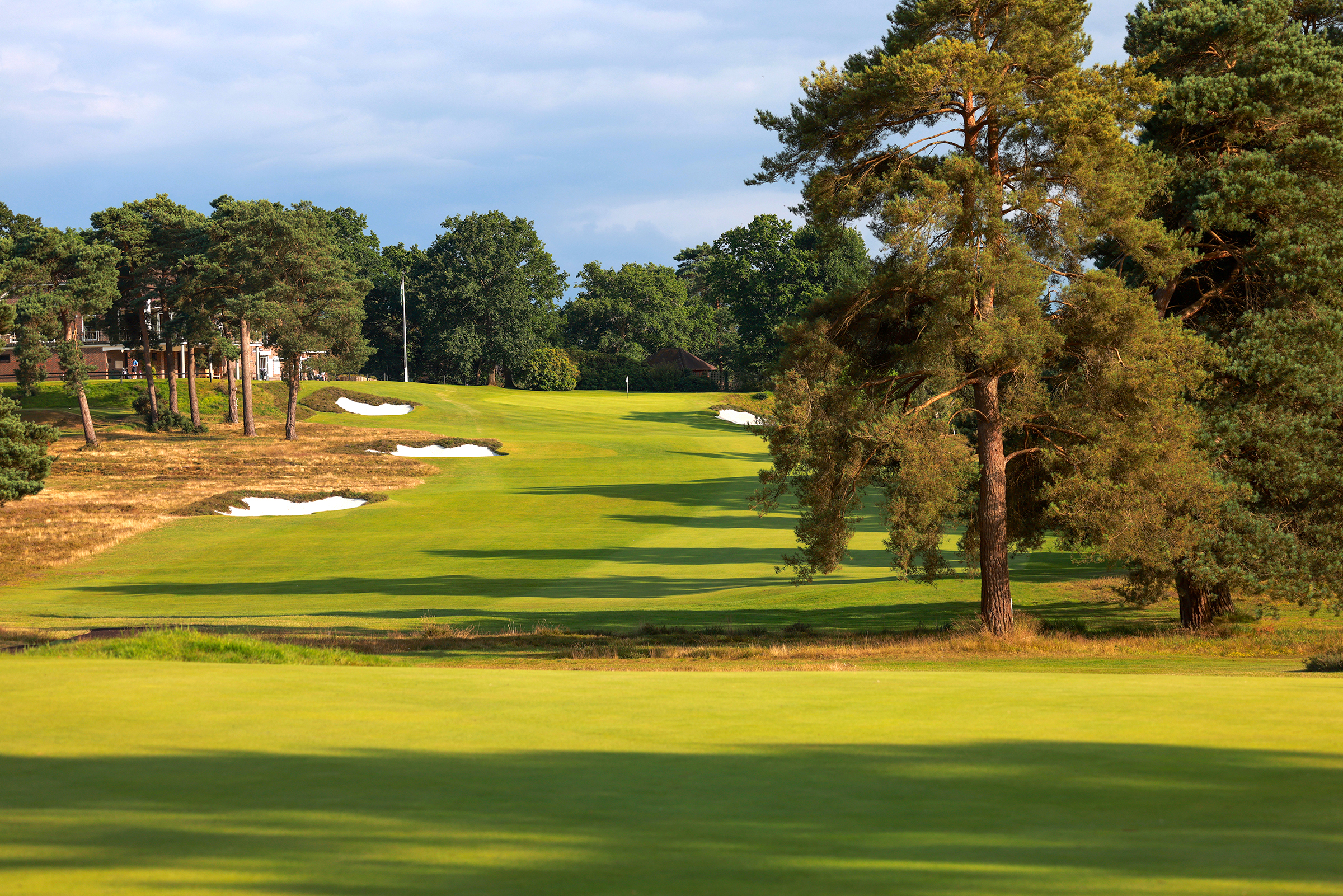
The A3/M3 corridor heading south-west out of London is graced with many cracking heathland courses that rank among the finest in the country. Blackmoor, one the best golf courses in Hampshire, lies at the western end of a fine cluster featuring Hankley Common, Hindhead and Liphook.
It was laid out in 1913 by Harry Colt and has, this century, enjoyed major improvements to, first, the clubhouse in 2018 and now the course itself via an ambitious project overseen by architect, Tim Lobb. A three-year programme, not to mention half a million pounds of investment, has seen all 18 holes improved.
Enhancing the visuals
This was always a very enjoyable layout that could prove a real test against its par of just 69 on account of only two par 5s, five par 3s and several challenging par 4s. The work has seen bunkers upgraded to improve aesthetics, strategy and drainage. A number of fairways have been reshaped, again to improve aesthetics, while 3,000m2 of heather has been relocated to further enhance the visuals of the bunkers and surrounding areas.

The end result is a golf course that is now more worthy of your attention than ever, with one particularly majestic visual moment the drive on the dogleg-right 3rd, where you fire out towards the pines and fairway bunkers.
All par 3s great and small
It is one of those courses where a glance at the scorecard gets your hopes up, with one of the par 5s a mere 480 yards and half a dozen sub-400-yard par 4s. The opener is the shortest of the two-shotters at just 333 yards, but don’t be fooled – this elegant hole’s raised green makes precise clubbing a tad trickier.

Raised greens and false fronts are a regular theme, most notably on the temptingly short par-3 12th, where even those who don’t normally generate much spin risk zipping one back off the steep front to make par infinitely more difficult than it seemed when your ball was in the air.

The 9th is an equally pretty little par 3 with a tricky green, while 6 and 15 are different beasts, not only stretching to nearly 200 yards but also again boasting raised greens. Anything slightly underhit on the 6th could leave you with wedge rather than putter in hand, while a big tree front left of 15 further compounds matters.







